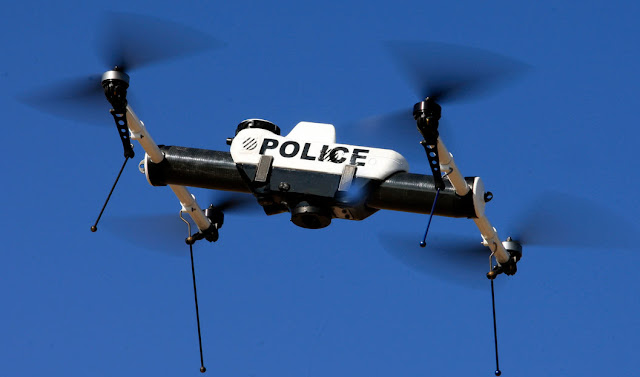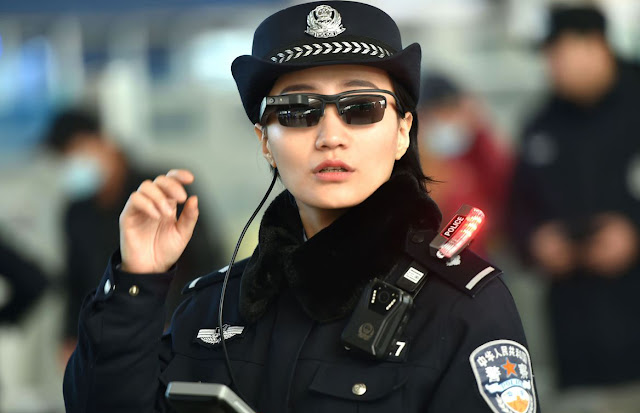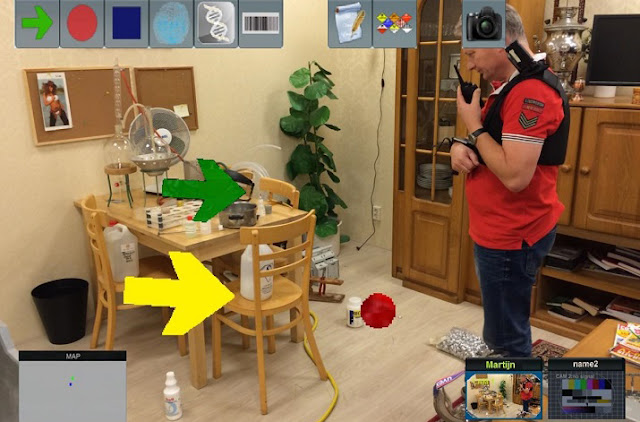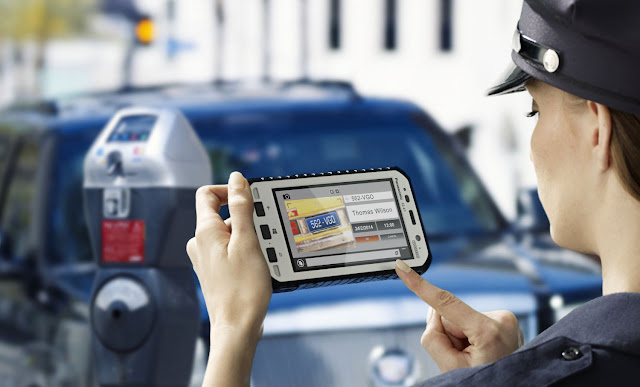How technology helps in fighting crime
May 14, 2018
Crime never sleeps, sad to say, so over the years, law enforcement professionals have fought a constant battle to reduce the numbers. There are a lot of issues facing law enforcement in virtually every encounter they are involved in, and they are using more and more technology to fight crime. The new technologies are becoming increasingly intertwined with the daily work of police officers on the front lines of law enforcement. There are a number of interesting ways advanced technology is being used to combat criminal activity.
Automated license plate recognition cameras
Automated license plate recognition cameras are being used by patrol cars (even choppers) to track down auto-related crimes. These cameras can take pictures of the license plates from a distance. The pictures are run against a database of stolen vehicles to find possible matches. It has different uses like recovering stolen cars, identifying drivers with an open warrant for arrest, catching speeders by comparing the average time it takes to get from stationary camera A to stationary camera B.
Mounted to the exterior of patrol cars, electronic tag readers are becoming more prevalent among larger departments and traffic-oriented agencies. Using cameras connected to vehicle information databases, electronic tag readers instantly analyze license plates on every vehicle that comes within their range of view. Instead of having to call in tags to dispatchers one at a time in order to check for stolen vehicles or compare BOLO information, officers can be alerted to the fact that they are behind a stolen vehicle without having to lift a finger. Tag readers have the potential to increase the number of vehicles recovered and criminals apprehended.
Drones on Patrol
Drones, in general, are highly appealing to the police because UAVs can reach places that your local police officer can’t. That can range from a place too high to climb or a position simply too dangerous for an officer to put himself or herself in. In addition, drones can capture footage for days, provided the storage capacity of the drive is large enough. That can allow law enforcement to tend to other things, while the UAV takes care of recording valuable footage.
Smart Glasses
Police in Dubai are using Google's wearable display in an effort to capture traffic violators, the Dubai Police Smart Services Department using two applications for tracking road-bound crimes. One app allows police officers to take photos of traffic violations using Glass, which would instantly be uploaded to the police department's system. The other application helps authorities identify wanted cars.
Chinese police are using smart glasses which look a lot like Google Glass, but they are used for identifying potential suspects. The device connects to a feed which taps into China’s state database to root out potential criminals using facial recognition. Officers can identify suspects in a crowd by snapping their photo and matching it to the database. Beyond a name, officers are also supplied with the person’s address.
Augmented Reality
Dutch police are trialing an augmented reality (AR) system that streams video from body cameras worn by officers to experts elsewhere. These experts can then guide the officers by annotating the scene virtually with notes that the officers can see on a smartphone or head-mounted device like Google Glass. The new system aims to allow the most relevant experts to get actively involved in the search, even if they’re hundreds of kilometres away. Using this a police officer can view an AR version of the scene in front of them on a smartphone or head-mounted device. As they explore the area, footage from a camera on their vest is sent to people at different locations, such as forensic scientists or chemical specialists. These remote colleagues can add information and notes to the officer’s AR view, ranging from a request to explore a particular area to a big arrow saying “body here”.
Tablets and Smartphones
From handheld translation services that help officers communicate with non-English speakers to handheld electronic ticket-writing devices, tablets and smartphones now give officers the ability to access, record and disseminate important information no matter where they are, Camera for capturing images and videos of evidence, On-scene information collection, recording and note-taking, timely and mission-critical retrieval of relevant data, ID verification and voice assistance.
Biometrics for Data Security and Identification
Biometric identification management technology is so efficient for security purposes that law enforcement agencies around the world are embracing it with open arms. They strategically use either a physiological modality, a behavioral modality or a combination of both — the most common modalities in use are fingerprints, iris and facial recognition, gait, and voice recognition. The rapid implementation of biometrics has sparked a revolution within the global law enforcement and security industry.
Scanners built into laptop computers provide added security to ensure no unauthorized person can gain access to sensitive intelligence and personal information. DNA databases and software continue to improve, reducing the time and the backlog that once served as major impediments to solving crimes.GPS
The Global Positioning System is not new, but it's applications are continuing to expand into the law enforcement community. There are multiple ways that police can make use of GPS technology in their day-to-day work. GPS units in police cars can help a police department provide better service to their local community. The GPS data can identify which police vehicle is closest to a crime scene and ensure that police officers stay within their assigned zone. Not only are GPS trackers useful in police cars, but they can also be used as weapons in the fight against crime. Police officers can affix a GPS tracker for a car to a suspect's vehicle (sometimes called a slap-and-track operation); with this device in place, it's easy to monitor every move a suspect makes. GPS devices allow a degree of long-term surveillance that would normally be impossible to conduct without being detected. Some police departments provide prison inmates with a GPS bracelet before they're released on parole. Officers enter a list of coordinates into a system to represent places that the paroled inmates are allowed to visit. If a parolee goes somewhere that isn't on the list of coordinates, officers are alerted to the breach of parole terms.
Technology will never replace solid investigative work, but modern advances assist law enforcement efforts to stay ahead of criminals. Mobile technology, social media, and rapid access to information contribute to better enforcement and prevention. And crime-mapping and video surveillance breakthroughs also increase public safety, enabling justice agencies to direct resources to where they are needed most.












0 comments